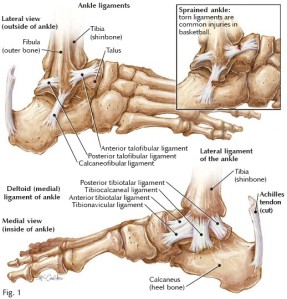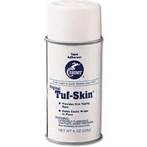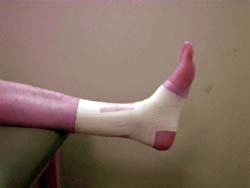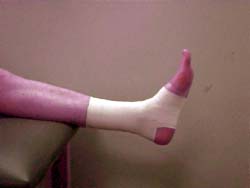World War II brought about many horrible things: mass genocide, air raids, and nuclear bombs. But amidst all the carnage, a specific branch of medicine was taken advantage of that has changed the way humans have dealt with injury ever since. With all the injured war veterans and increased on-the-job industrial accidents, doctors and nurses saw that something needed to be done with the American population so the majority of them weren’t disabled and out of jobs. Earlier, in 1921, a woman by the name of Mary McMillan formed an organization called the American Women’s Physical Therapeutic Association that was just the right organization to get the job done. As the 1930’s concluded, the organization began admitting male members and the name was changed to the American Physiotherapy Association. In 1946, the name was changed again to what is now its current title, the American Physical Therapy Association. This name change came with an official office in New York and a full-time staff to run it.
After the war in the 1940’s, the polio epidemic of the 1950’s brought about a new demographic of patients. Rather than war veterans, people of all walks of life, particularly children, were contracting the virus. This new, greater demand for rehabilitation caused membership to skyrocket and the number of educational institutions to increase from 16 to 39 nationwide. With the demand for physical therapists increasing every year, an executive board and house of delegates were assigned to manage the APTA’s goals and objectives for training new members. By the 60’s, the number of physical therapy programs at universities had reached 52 and were at 111 as of 2007. In the short amount of time between 2007 and now, the number of physical therapy schools has risen again to 199. The APTA headquarters has since moved from its original location of New York and is now based in Alexandria, VA where it has 74,000 members nationwide.
According to the Bureau of Labor Statistics, the amount of employed physical therapists was 198,600 in 2010 with an expected rate of increase at a whopping 39%. Also in 2010, the median pay was found to be around $76,310 a year—that’s $36.69 an hour. With statistics like these, it’s no wonder physical therapy is becoming as popular as it is. As the baby boomer generation of the post-war era ages, the demand for therapists will only increase creating much-needed jobs in the economy. A master’s degree in physical therapy is usually acceptable for most positions but more and more companies are requiring a doctorate to practice. Of the 199 available institutions to earn your degree, the U.S. News and World Report deemed the University of Southern California the #1 Physical Therapy graduate school in the nation (they hold the #1 title for Occupational Therapy as well) and the University of Delaware and University of Pittsburgh #2 and #3, respectively, in 2012.
By 2020, physical therapy will become one of the more popular occupations and is expected to employ 276,000 people. It is constantly expanding in research, practice, and education and will soon be as common as your family practitioner. Before I conclude, I want to make clear that physical therapy is not only for rehabilitation but for prevention as well. In order to utilize this growing profession, you should be aware that it has many benefits and when used appropriately can help you build a leaner, stronger, and more flexible body to improve your quality of life. Don’t be afraid to try it out, you’ll be pleasantly surprised with your results.



















